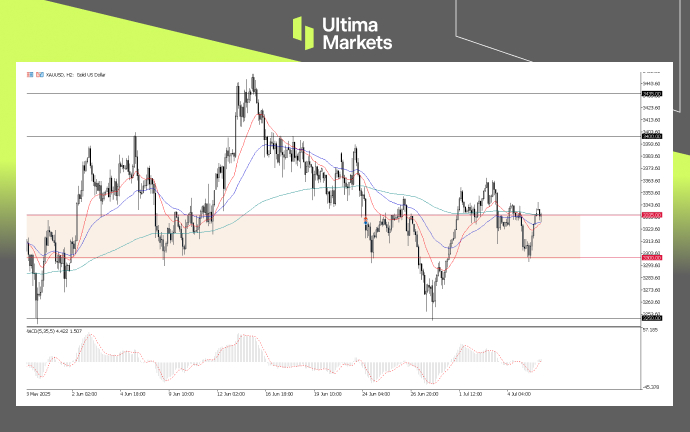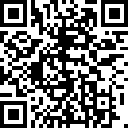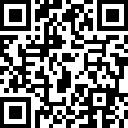Global Markets Rattle as Tariff Deadline Extended
U.S. President Trump extended the U.S. tariff deadline to August 1, sending fresh tremors to global markets as investors stay cautious on a possible wave of trade penalties. The announcement, paired with a broader warning to its key trade partners and the BRICS nations, highlights potential rising pressure heading into the second half of 2025.
Trump Extends Deadline, Broaden Threat Scope
On Sunday, President Trump signed an executive order postponing the tariff implementation deadline to August 1, giving trade partners additional time to reach concessions. The move followed a week of intense diplomatic engagements, with letters sent to countries including Japan, South Korea, and several BRICS members, warning of tariffs ranging from 25% to 40% on specific goods.
Trump said on Monday that the August 1 deadline for imposing reciprocal tariffs is “firm, but not 100% firm”, adding that he is open to alternate proposals if trade partners request changes.
“I would say firm, but not 100% firm. If they call up and they say we’d like to do something a different way, we’re going to be open to that,” Trump said on the interview.
Targeting BRICS and Country-Specific Rates
According to Trump administration, BRICS countries could be subject to new tariffs if their trade policies are deemed as “anti-American”, though the enforcement remains unclear.
Trump also announced via Truth Social, Trump said that any country “aligning themselves with the Anti-American policies of BRICS” will face an additional 10% tariffs—with “no exceptions”, this warning is aimed a BRICS members such as China, India, South Africa and other, should they pursue policies deemed as contrary to U.S. interests.
He also announced new tariff rates on 14 countries including Japan, South Korea, Malaysia and Indonesia, which may also face specific tariff rates ranging from 25% to 40% on specific goods unless negotiations are concluded.
Motivation Behind the Move
Trump’s latest tariff maneuver appears aimed at increasing pressure on BRICS nations while retaining leverage in ongoing trade negotiations.
“The delay and expansion of tariffs grant Trump administration more flexibility to secure last-minute deals and apply political pressure”, said Shawn, Ultima Markets Senior Analyst.
“While a full-scale tariff escalation still seems unlikely at this stage, with Trump, nothing is ever off the table. This uncertainty is expected to inject further volatility into global markets,” Shawn added.
Market Reaction
U.S. stock futures dropped, while Asian and European equities turned lower Monday following the tariff announcement.
Meanwhile, the Gold strengthen on Monday after the initial session sell-off, reflecting a shift toward safe-haven amid renewed trade fears.

XAUUSD, 2-H Chart Analysis | Source: Ultima Market MT5
Technically, gold found solid support near the $3,300 level, a key zone that continues to attract buyers during risk-off episodes. While the rebound was modest, it signals underlying investor caution and the potential for stronger safe-haven flows should trade tensions escalate further.
Disclaimer
Comments, news, research, analysis, price, and all information contained in the article only serve as general information for readers and do not suggest any advice. Ultima Markets has taken reasonable measures to provide up-to-date information, but cannot guarantee accuracy, and may modify without notice. Ultima Markets will not be responsible for any loss incurred due to the application of the information provided.
Why Trade Metals & Commodities with Ultima Markets?
Ultima Markets provides the foremost competitive cost and exchange environment for prevalent commodities worldwide.
Start TradingMonitoring the market on the go
Markets are susceptible to changes in supply and demand
Attractive to investors only interested in price speculation
Deep and diverse liquidity with no hidden fees
No dealing desk and no requotes
Fast execution via Equinix NY4 server









